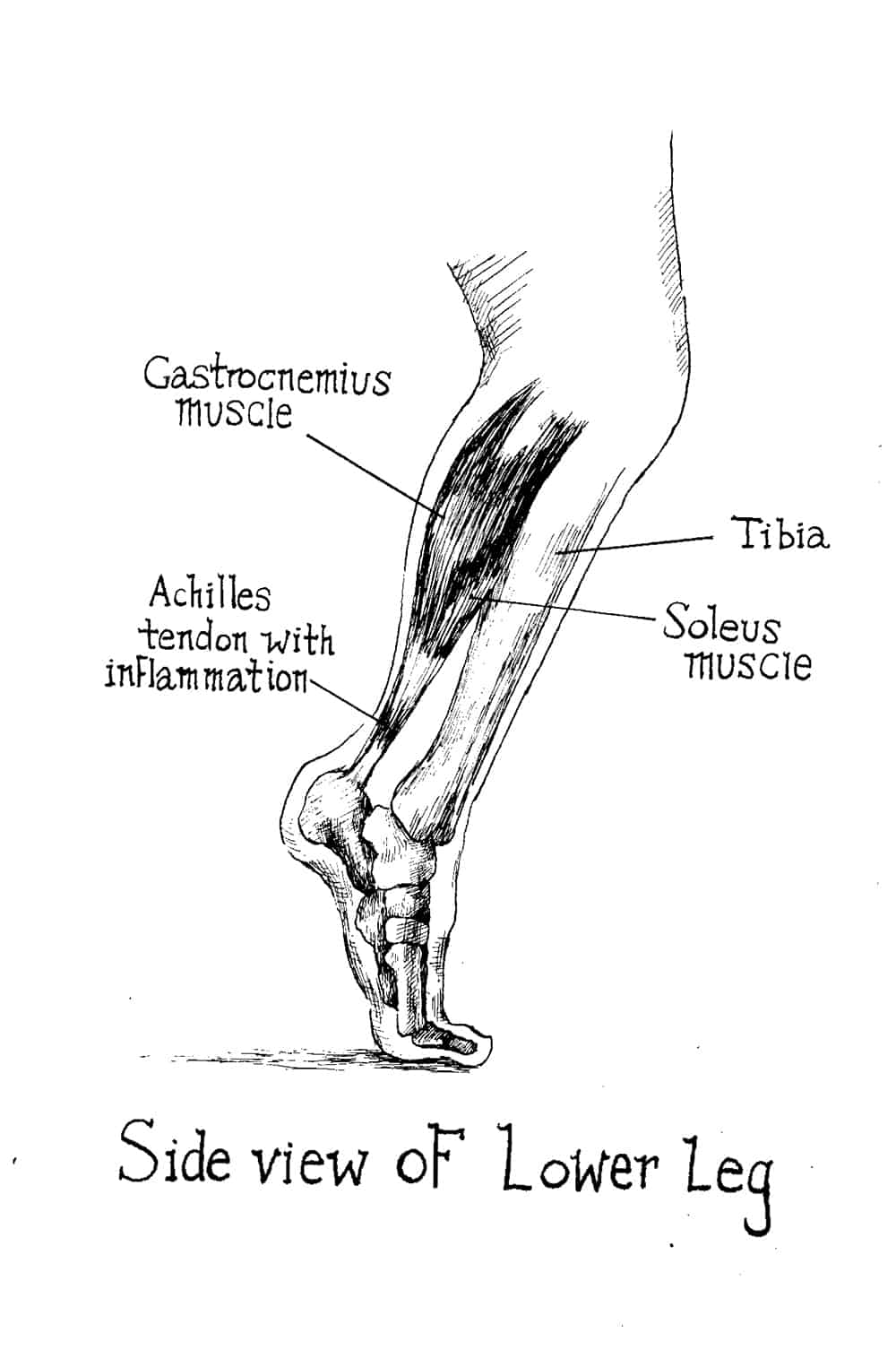Known for their severity and the long-term physical therapy they require to repair, Achilles tendon ruptures can be disastrous as they quite commonly signal the death of an athlete’s career.
Achilles tendon in sport
As the largest and strongest tendon in our bodies, the Achilles tendon is one of the most challenging areas of the body to rehab, especially for athletes.
The tendon connects the calf muscles to the heel bone and is the main source of force as an individual pushes their foot down while walking, running, and performing almost every athletic exercise.
Since the tendon plays a crucial role between the connection of the calf and the heel, it is no surprise that rupturing the tendon is more common in athletes who are involved with sports that include running, jumping, accelerating, and making sudden changes in direction. The most contemporary example is NBA player Kobe Bryant’s Achilles rupture in 2013, which sidelined the combination guard for almost eight months.
Although more common in high performance athletes, Achilles ruptures can happen to those who don’t engage in any kind of sport. Any amount of intense pressure and force on the heel always runs the risk of rupturing the Achilles, no matter how strong the tendon is.
Treatment options
There is only one way to treat a ruptured Achilles tendon: surgery. Reconnecting the calf with the heel bone using stitches in an open surgery is the most common way of repairing the injury, however, surgeons can use varying techniques depending on the severity of the tear.
Post surgery, a splint or a cast is placed on the patient’s leg from the toes to top of the tibia. The patient is not allowed to walk and is encouraged to use crutches for the first couple of weeks. Around the sixth week, the cast is taken off so that physical therapy can begin.
Physical therapy
Although one may think that the most important aspect of post-surgery rehabilitation is regaining mobility and re-learning how to walk, one of the most crucial components is to look out for any signs of infection on the surgery site. As surgically repairing an Achilles rupture involves opening a sizable portion of the lower leg, the risk of infection is higher than for other procedures like arthroscopic surgeries, which can be used to repair ACL tears.
The long physical therapy process starts with exercises aimed at strengthening the leg — especially the calf muscle, and gaining back some pre-rupture range of motion in the ankle. In time, exercises tend to focus more towards helping an athlete transition back into their sport pain-free — incorporating more bodyweight and near-bodyweight exercises into an athlete’s rehab routine helps this process.
With all sports injuries the rehabilitation process varies significantly depending on the severity of the injury and the individual athlete. With Achilles ruptures, the entire physiotherapy period can take about 16 weeks. For professional athletes, the amount of time from rupture to returning to the game can take anywhere from nine to twelve months.
Although the injury has career-ending potential, statistically the chances of re-rupturing the tendon are as low as five per cent. At U of T, students who have suffered an Achilles tear or who are rehabbing a pre-existing injury have multiple resources they can utilize in order to get back in the game, including the McIntosh clinic and health services.


